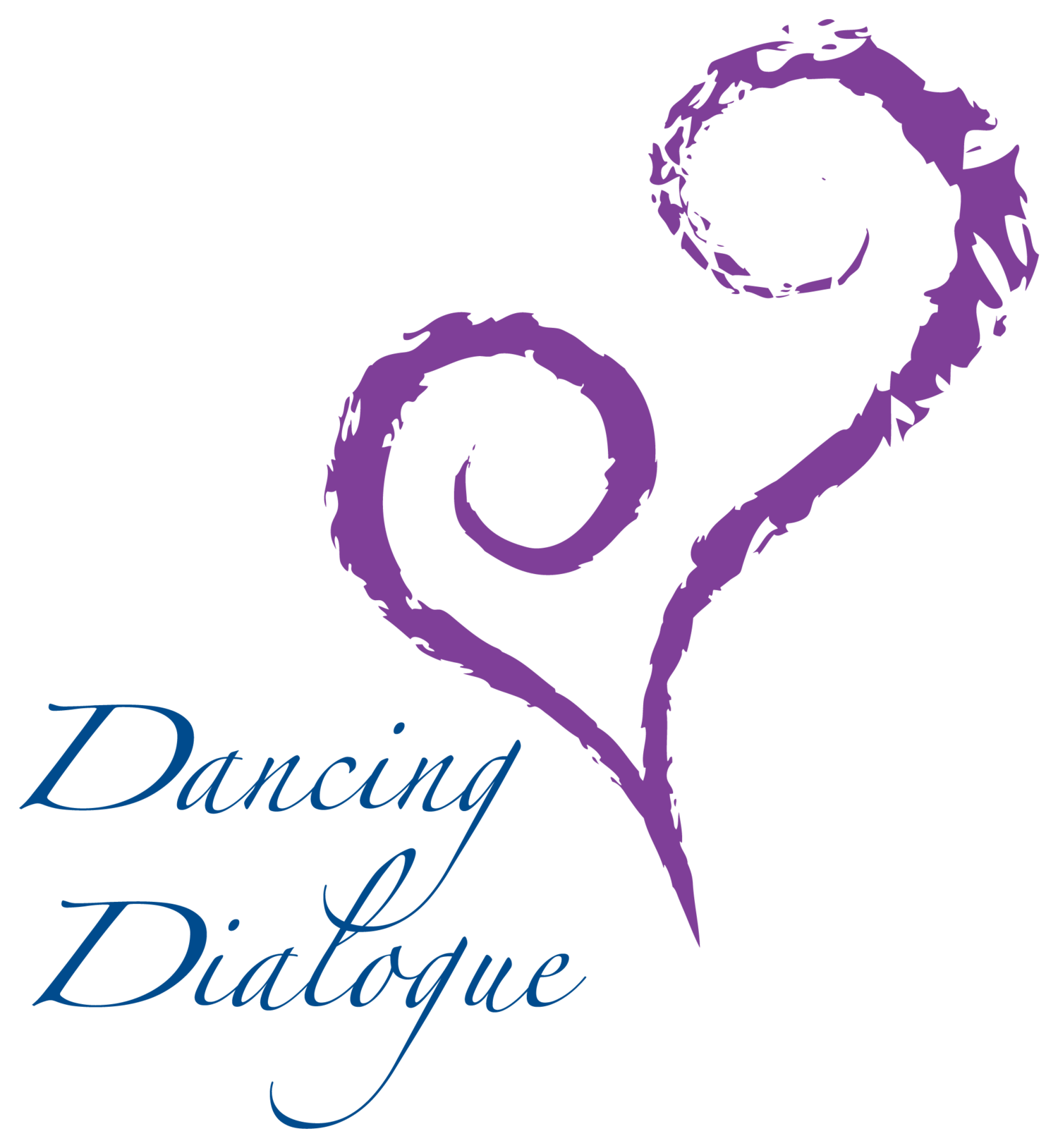Interview with Suzi Tortora on BabyZone.com: A Guide to Preschool Movement, Music, and Art Classes
Fostering your child's natural creativity does not necessarily require enrolling in costly classes. Learn how to help your child take an enjoyment of music, movement, and arts straight into adulthood!
The other day my three-year-old son was playing on his computer, when he alerted my attention to a rapidly repeating sound in his game. "Listen, Mommy," he announced. "It's playing eighth notes!"
His pronouncement caught me off guard, but I shouldn't have been too surprised. I've had him enrolled in music classes since he was four months old.
Creativity comes instinctively to children. They have the capacity to understand and respond to music even before they've learned to speak. They can express their feelings in hundreds of different ways using simple finger paints and paper. They can invent their own dances or make up the words to their own songs.
"One of the critical periods of development is the earliest years of life," explains Linda Neelly, Ph.D., Assistant Professor of Music at the University of Connecticut. "The foundational understandings are formed, and also a readiness to learn is formed."
As parents we are constantly looking for ways to encourage our budding artists, musicians, and dancers. The right arts program can enrich a child's development not only artistically, but also intellectually, physically, and emotionally. Classes provide a wonderful outlet for children to explore their creativity. They build imagination, improve fine motor skills, and boost self-esteem.
Finding the Right Program
You may already know what type of program you want to enroll your child in, but how do you find just the right class?
"The first thing to do is to look at the credentials of the teacher," says Dr. Suzi Tortora, Ed.D., a dance and movement therapist and Laban movement analyst. "Just because the person is a professional dancer, artist, or musician doesn't mean they know how to teach children. They also need to have an understanding of child development."
The class should be teacher-led but allow room for self-expression. In other words, the teacher should give instruction, then step back and allow the children to explore their own ideas and experiment creatively. Also, the class should be age-appropriate, considering the needs and abilities of each child's stage of development.
Of course, you also need to consider the practicalities: the price of the class, its proximity to your home, and how well it matches your child's interests.
How do you find a program with all the right attributes?
If your area has a local parenting publication, it will usually contain advertisements and listings of classes for children. If not, ask for advice from your local or state arts council, library, or museum.
Once you've found a program that sounds appealing, ask to take a free class. Look at your child's response to the program, as well as the instructor's interaction with your child. Only sign up when you feel completely comfortable with the program.
Expanding Your Child's Creativity at Home
Providing your child with an enriching experience does not necessarily require that you enroll her in a costly music class, or add an art class to his already full schedule. Music, art, and movement are all expressions that you can encourage right at home.
"What the classes provide that you can also create for your child without going to classes, is a shared experience of interacting with other children around an enjoyable event. You can also do that in your playgroup," says Claire Lerner, L.C.S.W., a child development specialist at Zero to Three, a national non-profit organization devoted to promoting healthy development in the early years.
Make music, art, and movement a part of your child's daily routine. Here are just a few ideas:
- Turn bath time into music time. Sing a few of your favorite songs, or encourage your child to make up her own.
- Design masks out of paper plates, paints, crayons, feathers, and other materials, then use them to act out a story or make up a dance.
- Design your own musical instrument. One easy instrument requires only water and a few glasses. Pour water into the glasses, filling each one to a different level. Then tap the rim of each glass with a spoon to make different melodies.
- Create a masterpiece out of unconventional materials. Give your child styrofoam cups, shaving cream, food coloring, and pieces of cloth and let his creativity run wild.
- Sing into a tape recorder with your child, then play the tape in the car. She'll get a kick out of hearing her own voice coming through the car's speakers.
You'll find other ideas right here on the site in another article by Kris Bordessa Kids' Art Projects that Inspire Creativity
You don't need to spend a lot of money for your child to gain something valuable from the experience. "Parents shouldn't feel like they have to go to a music store and buy something," says Doug Herbert, Director of Arts Education for the National Endowment for the Arts. "Most three- to four-year-olds are going to be excited by the fact that you've taken a milk container and put beans in it to make a maraca."
Whether your child attends a class or enjoys the arts right at home, your goal should be to make the experience as positive as possible, and to develop in your child a love of the arts that he or she will take into adulthood.

